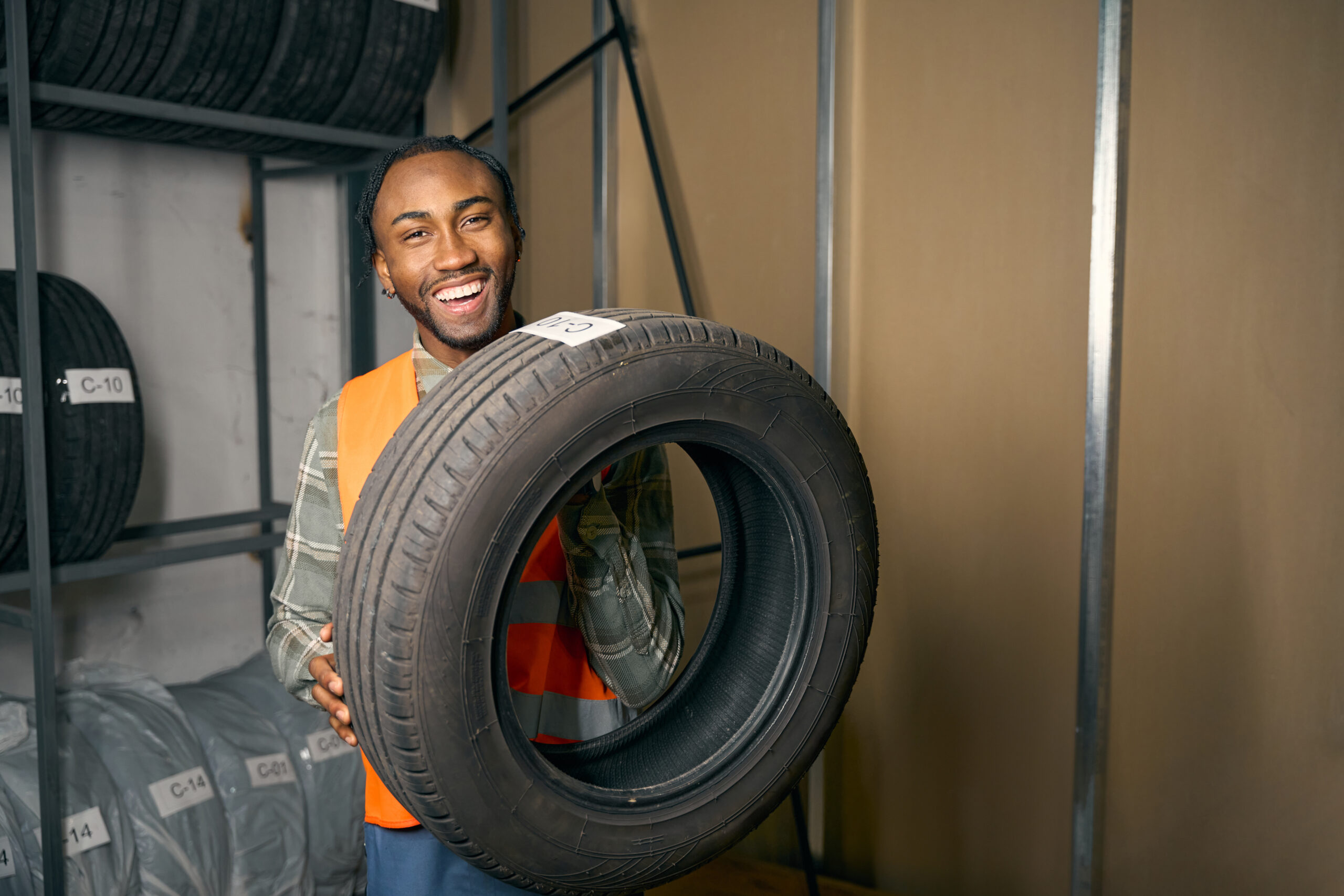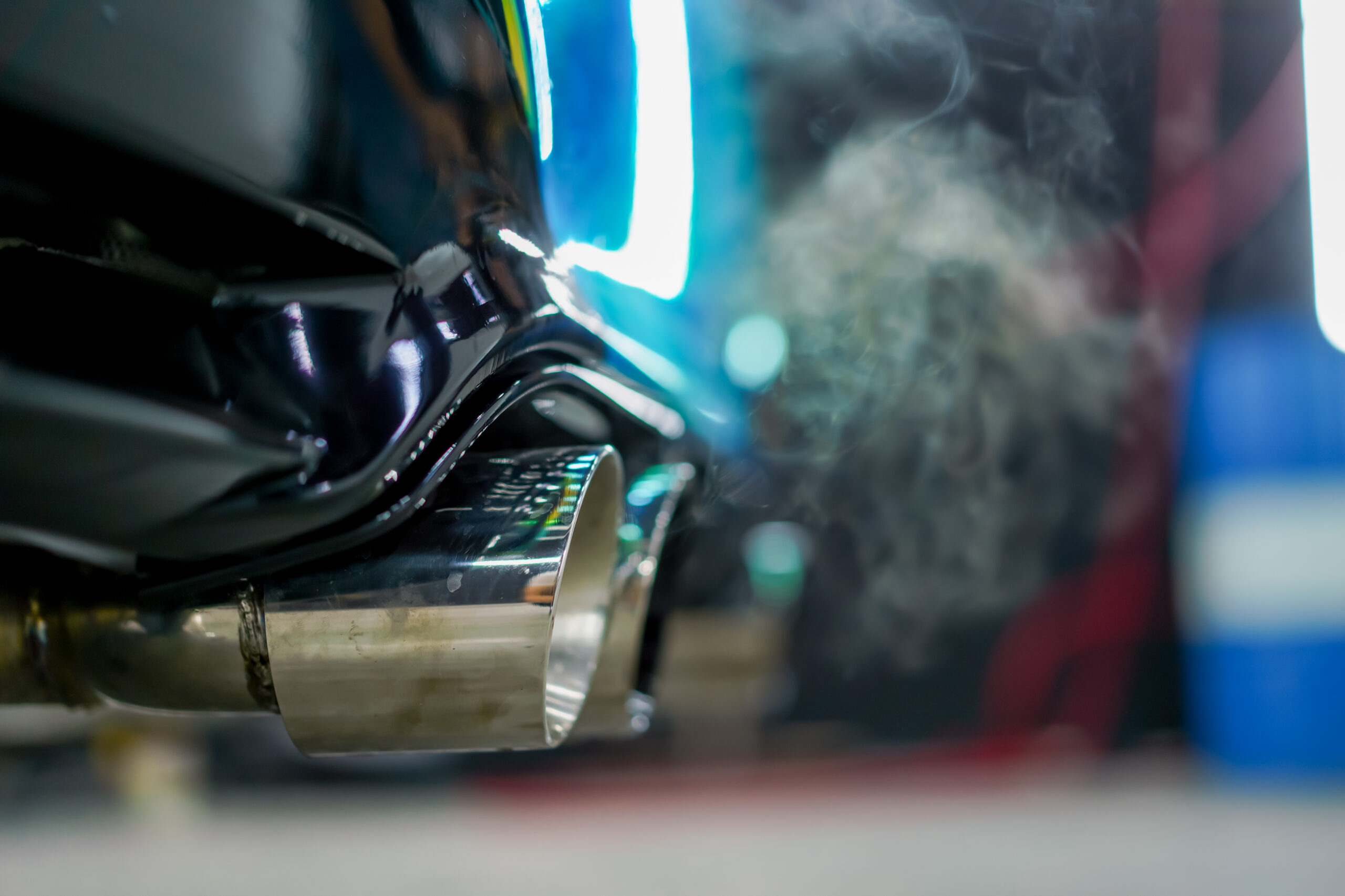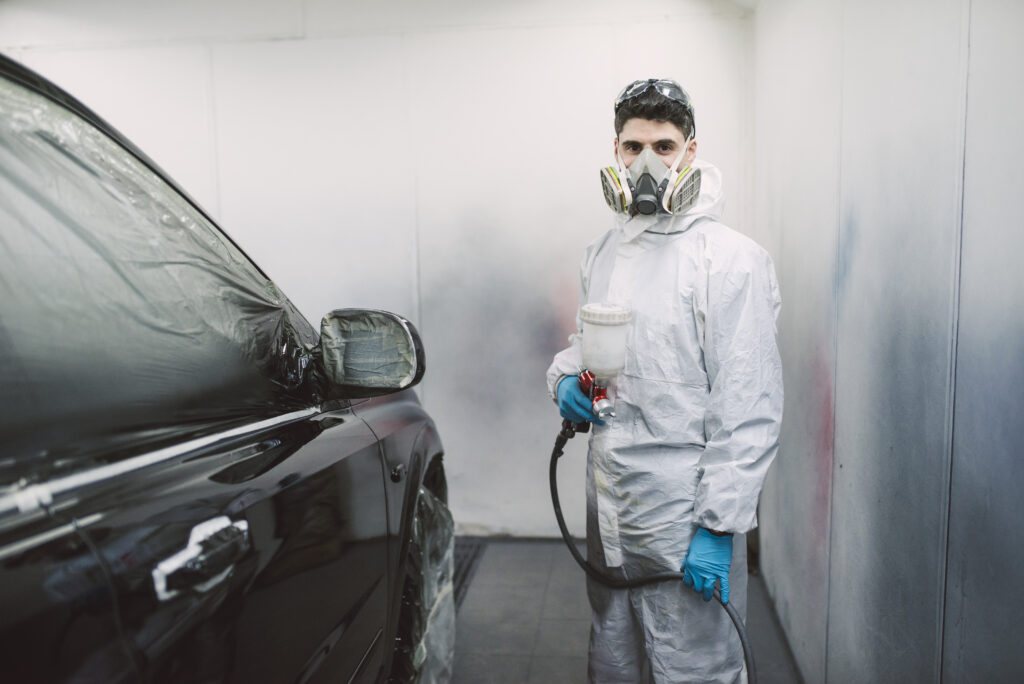Maintaining the correct tire pressure is one of the most important aspects of vehicle care and safety. It affects not only how your car handles on the road but also fuel efficiency, tire longevity, and even safety in emergency situations. Whether you’re driving a compact car, a truck, or an SUV, knowing the proper tire pressure and how to maintain it can save you money and potentially prevent accidents. In this article, we’ll explore what your tire pressure should be, why it’s important, and how to keep your tires properly inflated.
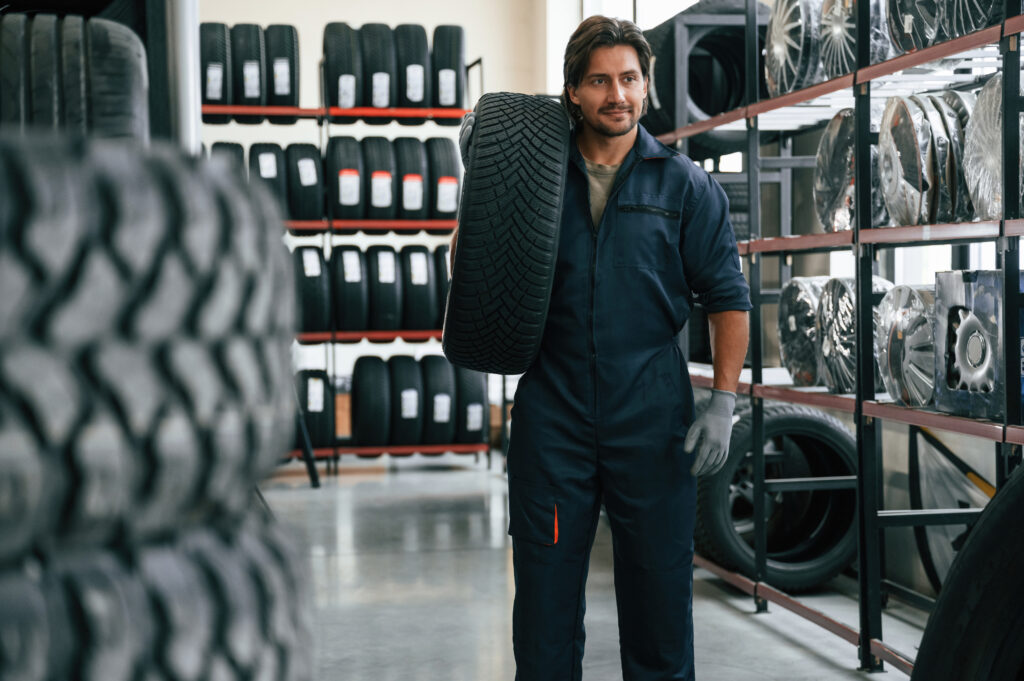
What is Tire Pressure?
Tire pressure refers to the amount of air inside your tire, measured in pounds per square inch (PSI). Your vehicle’s recommended tire pressure can usually be found in your owner’s manual or on a sticker located on the driver’s side door jamb. This number varies depending on the make, model, and type of vehicle, but for most passenger vehicles, it ranges between 30 and 35 PSI. It’s essential to follow the manufacturer’s recommendation to ensure optimal performance and safety.
Why Tire Pressure is Important
Having the correct tire pressure is crucial for several reasons, and it’s not just about avoiding flat tires. Here’s why maintaining the right pressure matters:
1. Safety
Properly inflated tires ensure that your vehicle maintains optimal traction and control on the road. If your tires are underinflated, they may not respond well in emergency maneuvers, making it difficult to handle the vehicle in situations where you need to brake suddenly or avoid an obstacle. On the other hand, overinflated tires can lead to reduced traction, which increases the risk of skidding, especially on wet or icy roads. Both underinflation and overinflation can increase your risk of a blowout, which could result in a serious accident.
2. Fuel Efficiency
Maintaining the right tire pressure helps improve fuel efficiency. When your tires are underinflated, it creates more resistance between the tire and the road, making your engine work harder to move the vehicle. This increased resistance causes your car to use more fuel. According to the U.S. Department of Energy, driving on underinflated tires can lower gas mileage by about 0.2% for every 1 PSI drop in all four tires. Properly inflated tires can save you money at the pump and reduce your vehicle’s carbon footprint.
3. Tire Longevity
Tires that are consistently under or overinflated wear out faster than those with the correct tire pressure. Underinflated tires experience more wear on the outer edges, while overinflated tires wear more quickly in the center. By maintaining the right pressure, you can extend the life of your tires, ensuring you get the most out of your investment. Replacing tires prematurely due to uneven wear can be expensive, so it’s worth taking the time to check your tire pressure regularly.
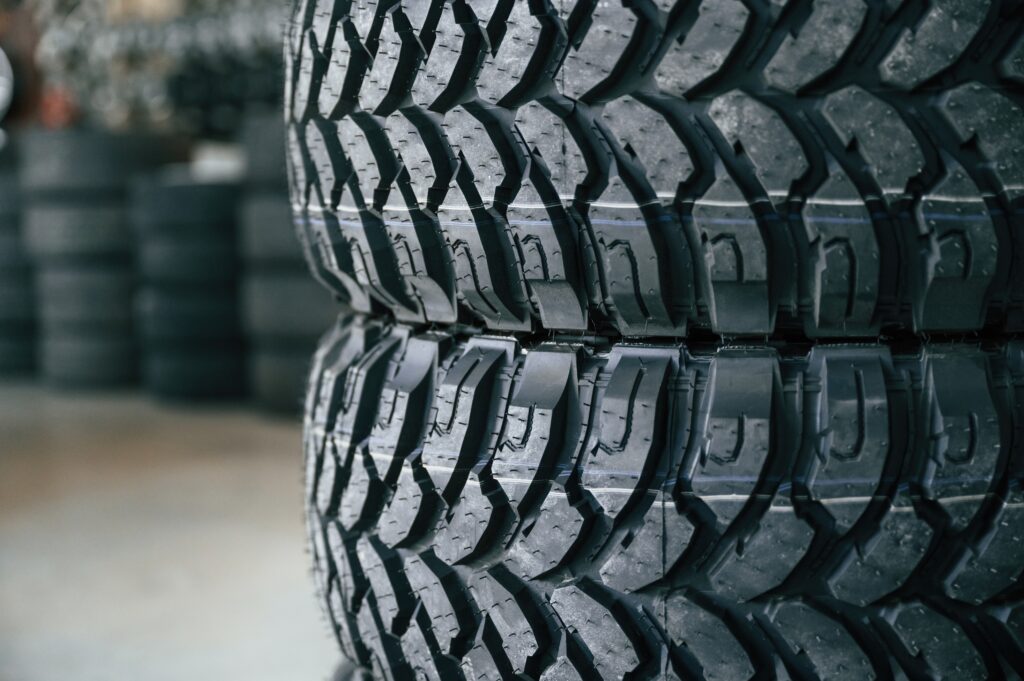
What Should Your Tire Pressure Be?
The ideal tire pressure for your vehicle can depend on several factors, including the type of vehicle you drive, the load you’re carrying, and the weather conditions. Here’s a breakdown of what you need to consider:
1. Manufacturer’s Recommendations
The manufacturer’s recommended tire pressure is tailored to your specific vehicle for optimal performance. You can usually find this information in the vehicle owner’s manual or on the label inside the driver’s side door. This recommendation takes into account the weight and design of the vehicle, which affects how the tires should be inflated to ensure proper handling, braking, and comfort.
2. Tire Size and Type
If you’ve replaced your original tires with a different size or type, the recommended tire pressure may vary. Larger tires or performance tires might require a different PSI than what’s listed for the original equipment. It’s important to consult with a tire professional or check the tire manufacturer’s recommendations for the correct pressure in these cases.
3. Load and Weight
If you’re carrying heavy loads, such as when towing a trailer or moving large items, you may need to adjust your tire pressure. Heavier loads put more stress on your tires, and increasing the PSI slightly can help accommodate this extra weight. However, don’t exceed the maximum PSI listed on the tire’s sidewall, as overinflating can lead to reduced traction and increased wear.
4. Weather Conditions
Temperature fluctuations can affect tire pressure. Cold weather causes tire pressure to drop, while hot weather can increase it. For every 10°F change in temperature, tire pressure can fluctuate by about 1 PSI. In colder climates, it’s a good idea to check your tire pressure more frequently, as the tires will lose pressure naturally. Conversely, in extremely hot climates, you’ll want to monitor for overinflation.
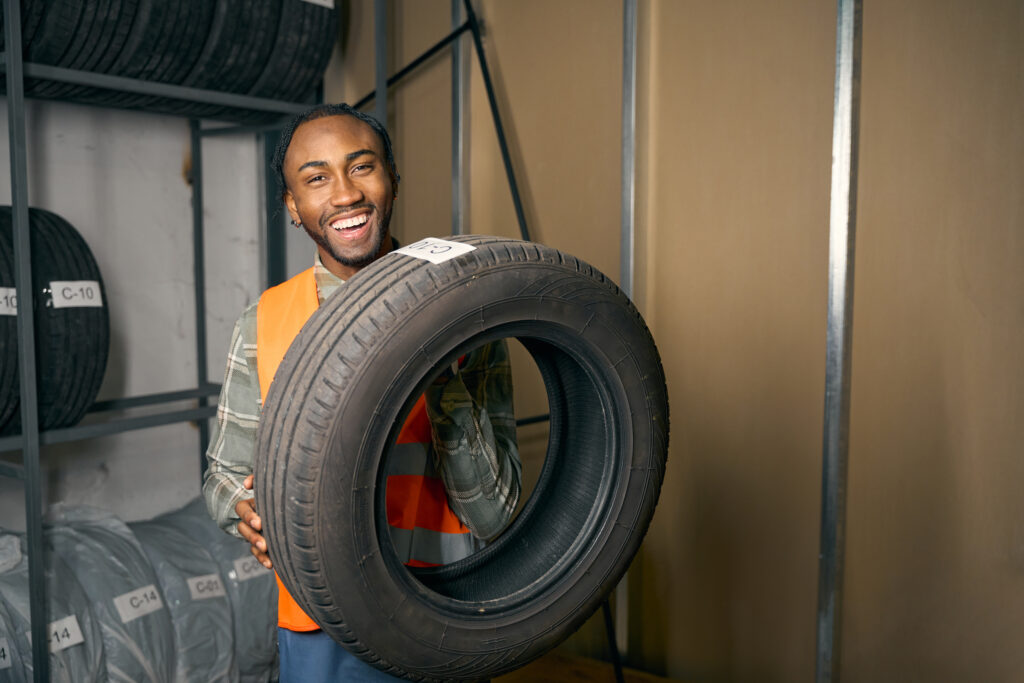
How to Check Your Tire Pressure
Checking your tire pressure is a simple task that can be done at home or at a gas station. Here’s how:
- Use a Tire Pressure Gauge: A tire pressure gauge is an inexpensive tool that you can use to measure your tire pressure accurately. There are digital and analog versions available.
- Find the Recommended PSI: Before checking, make sure you know the recommended PSI for your vehicle. This can be found on the tire label or in the owner’s manual.
- Check When Tires are Cold: Tire pressure should be checked when the tires are cold, meaning after the car has been parked for at least three hours or before driving more than a mile. Driving heats up the tires, which can give a false reading.
- Remove the Valve Cap: Unscrew the valve cap on the tire and place the tire pressure gauge over the valve stem. Press down firmly to get an accurate reading.
- Add or Release Air as Needed: If the tire pressure is too low, add air using an air compressor until you reach the recommended PSI. If it’s too high, release air by pressing on the valve stem core with a tool like a screwdriver until the pressure drops to the correct level.
How Often Should You Check Tire Pressure?
Tire pressure should be checked at least once a month and before long road trips. This is especially important if you live in areas where the temperature fluctuates significantly, as seasonal changes can affect the PSI. Additionally, if you notice that your vehicle isn’t handling as well, or if your tires look visibly deflated, it’s time to check the pressure.
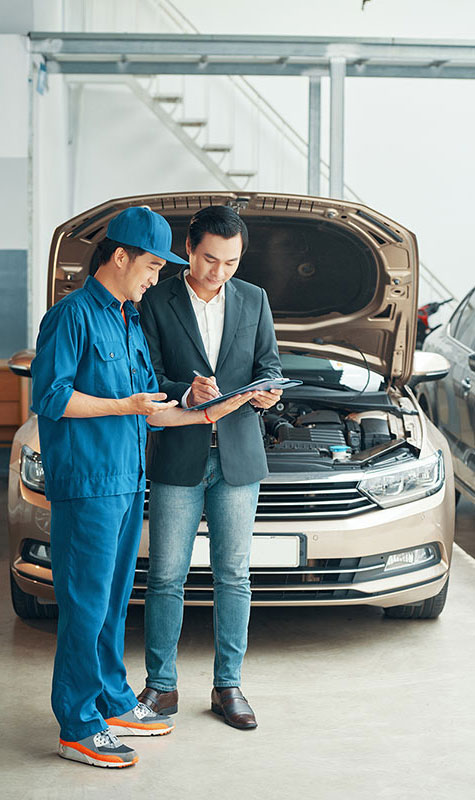
The Risks of Incorrect Tire Pressure
Driving with improperly inflated tires can have several negative consequences:
- Reduced handling and control: Underinflated tires can cause sluggish handling and reduced braking ability, while overinflated tires make the vehicle feel more rigid, reducing traction.
- Increased risk of a blowout: Both overinflated and underinflated tires are more susceptible to blowouts, which can lead to accidents.
- Decreased fuel efficiency: As mentioned earlier, underinflated tires increase rolling resistance, forcing your engine to work harder and consume more fuel.
- Increased wear and tear: Improperly inflated tires wear out unevenly and faster, reducing their lifespan and forcing you to replace them sooner.
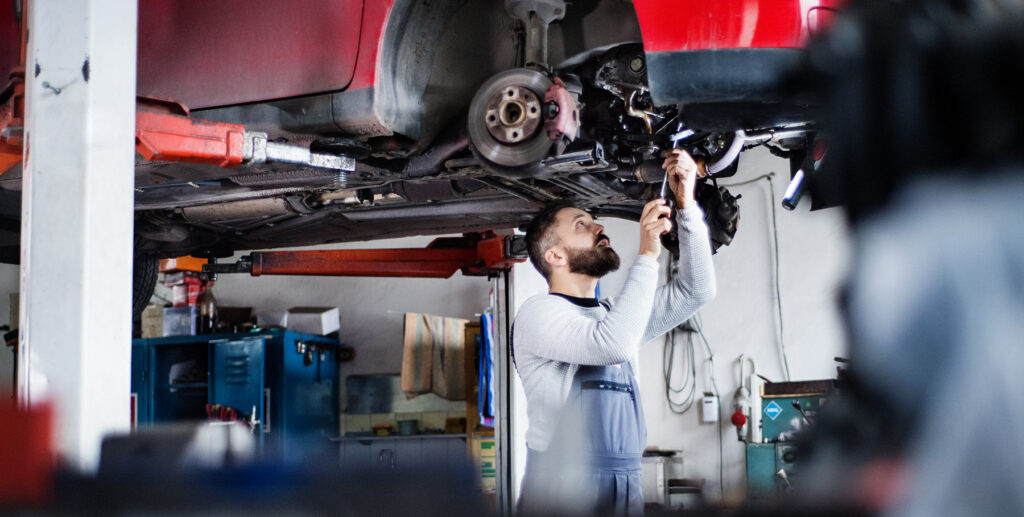
Promoting Safety with Regular Maintenance
Tire maintenance should be a part of your regular vehicle care routine. Keeping your tires properly inflated, checking their condition, and rotating them regularly can help you avoid costly repairs and replacements while ensuring a safer driving experience. If you’re unsure about the correct tire pressure or how to maintain your tires, it’s always a good idea to consult with a professional.
At Wickliffe Auto Body, we understand the importance of tire maintenance and vehicle safety. Our team of experts is here to help you with all aspects of car care, from tire pressure checks to repairs and replacements. Ensuring your tires are in top condition is crucial for your safety and your vehicle’s performance. Visit us today for a tire pressure check or any other automotive service you may need. Your safety on the road is our top priority.
